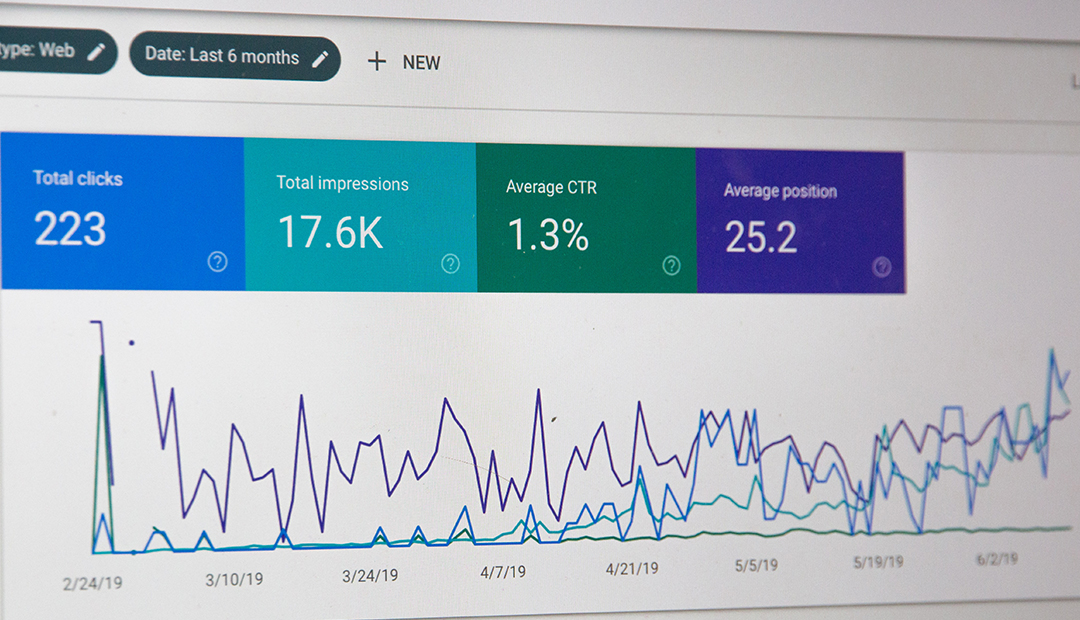“Members of the C-Suite are usually not too surprised to hear that the new CMO is being replaced after barely having time to make any real difference.“
Surprise? No surprise?
The average tenure for a CEO is 8+ years, yet the CMO position turns over roughly every three years. So, the revolving door has come to be an expectation as opposed to an exception.

In and out?
For many in the industry who examine such things, this trend is both disturbing and intriguing. It also explains the shifts in agencies, campaign directions, and revolving-door strategies that we’ve simply become used to seeing every few years.
In a MarketingLand article in the winter of 2018, Amy Gesenhues noted that the cycle is so predictable that agencies should actually track CMO movements and approach with a request to pitch somewhere between 3-12 months after the CMO assumes the position. Three years into the CMO’s tenure, she suggests a move to an ABM strategy, in preparation to assess the playing field, in case the next CMO is chosen from inside.
This begs the question. What do we expect from a CMO? Brand definition and awareness? Strategy direction? Engaging customer experiences? Memorable advertising? Once upon a time, these were the benchmarks for a CMO.
Defining the role
But today, while these may be the metrics stated in the position statement, the reality is that the CMO is now expected to bring home the bacon as well.
Another opinion comes from Rachel MClary, VP of global marketing at Diebold, who told CMO.com that “companies are not as interested in tenure and experience at the CMO level [and] instead are more interested in a fresh perspective and new approaches.”
This sentiment is the catalyst behind the ousting of CMOs after they have barely had time to make much of a difference.
What do CEOs really want?
Not many CEOs really understand how much is involved in brand and product strategy development, especially with the complexities of marketing in the digital age, with a plethora of channels available and the individual strategies needed for each one. Without enumerating, just consider audience segmentation, and how much involvement that entails.
So, a new CMO is brought in to amp up marketing, and is actually expected to generate revenue. Sure, this eventually would be the by-product of a stellar marketing campaign, but technically, corporate growth is not the responsibility of a CMO. Yet, the statistics tell a different story.
Right around 3-½ years, to be exact, comes the reckoning. “Where are the revenue increases? How does your campaign translate to dollars and cents?”
Going without
In fact, the CMO position is so severely misunderstood that it is now empty at many really major brands. A new CMO is not a “magic bullet,” and the merry-go-round is not healthy for any company or brand.
According to Anand Thaker in a Marketing Land article last fall, Uber, McDonalds, Coke, JNJ, Taco Bell and Hyatt all had CMO vacancies. CMO responsibilities had instead been “distributed,” lest the CEO hire the “wrong person” and risk losing their job too.

What a sad state of affairs, especially considering the importance of the CMO position in the corporate hierarchy. This important “voice of the customer” needs to be at the C-Suite table, advocating for the brand, its buyers, and for all the rest of the folks in the company who are depending on marketing messaging to cut through the clutter and make their brand the one that’s top-of-mind.
The genesis of the issue
So what’s the real problem here? Why is it so hard to translate marketing to sales? In truth, there are so many reasons, but let’s look at the top three.
Reason #1. Sales and marketing teams have always been separate entities and sometimes enemies; more often than not, at odds, with each blaming the other for their shortfalls. The reason sales and marketing are so often paired is because they’re supposed to support each other and work together.
Reason #2. Once upon a time, marketing and advertising came up with a strategy, a tagline, a multi-million TV commercial, and sales rolled in. The media department did the heavy lifting, making sure it aired when the most folks were watching, and it ran for a solid year. Year-round, continual marketing shifts were too cumbersome to execute. That is so NOT today’s reality. How often do you hear, “I mentioned X brand to my friends and half an hour later, an ad showed up on my phone. How spooky is that?” Spooky, maybe, but that’s the level of marketing sophistication we’re dealing with today.
Reason #3. Accountability. Before today’s marketing environment came to be, other than “impressions,” there really was no way to measure a campaign’s success. If everyone was talking about the new TV ad that broke during Sunday’s football game, “around the water cooler” on a Monday morning, it was considered a success. But how does that translate to money in the bank? Really no way to tell.

Technology to the rescue
It takes a whole lot of Kumbaya to make issue #1 go away. But this is possibly the best time for sales and marketing to learn how to play well together. So many still don’t realize they’re working toward the same goal! But we’re getting there. The statistics and real data being unearthed is helping marketing get some respect from sales and management. And when sales and marketing go together to the boardroom, with a unified voice, backed by solid data, they can really make something happen.
Issue #2 doesn’t need fixing, because it is an issue that technology created and that technology is maximizing. What used to be The Holy Grail is actually here, being realized and refined daily. The ability to deliver dynamic, personalized messages based on data has revolutionized the way advertising is disseminated. Data is the savior for one simple, elegant reason. It’s measurable and quantifiable. It’s beautiful.
The third issue is where the game is won for a smart CMO, a savvy, digital marketechnologist (allow me, I just made that up …) who mines every last possible piece of data, because the numbers tell you who to target, when to strike, how and why. It’s beautiful.

A smart CMO leads the digital transformation and doesn’t make a single strategic move without delving deep into the data. Impressions don’t mean a thing. But reports showing a continual upward trend in social media chatter and progressively increasing interactions with the brand indicate the true results of the marketing efforts. And it is widely accepted that this sort of engagement leads to sales.
Let the smart, young teams of analysts knead the data, looking at it every which way, until what comes out is ready to show off in the boardroom. A clearly presented report, with summaries, conclusions and recommendations – all based on concrete data – is like manna from heaven. It’s beautiful.
This is the only way CMOs are going to get the respect they deserve and a tenure to go along with that respect. The only way that they might actually hold their jobs long enough to prove that much sought-after connection between marketing efforts and revenue.
It doesn’t happen overnight, but a smart CMO who understands how to prove their worth, and properly present the value proposition, might be able to hang on to that job for another year or two.









